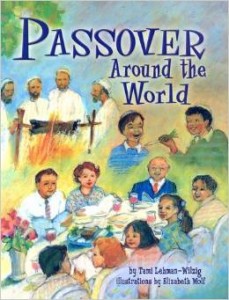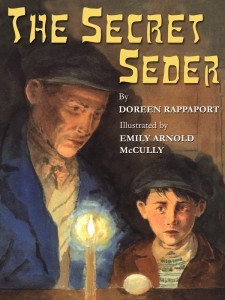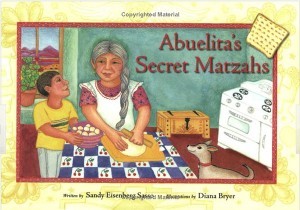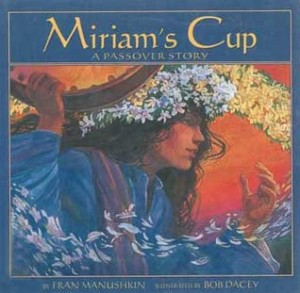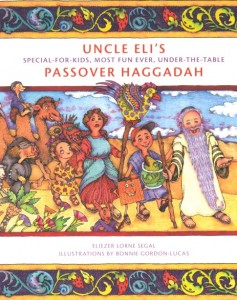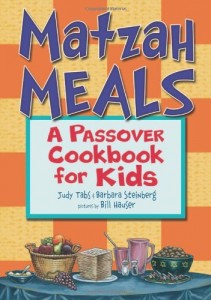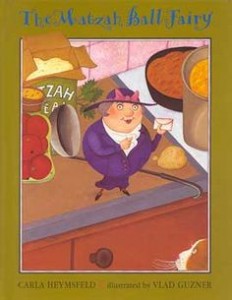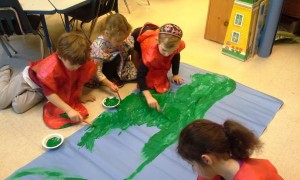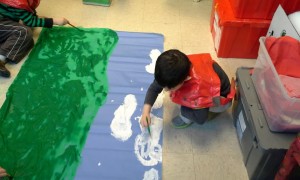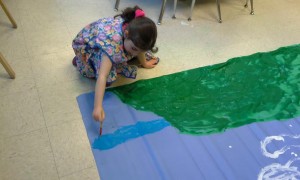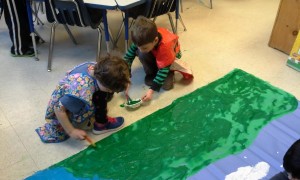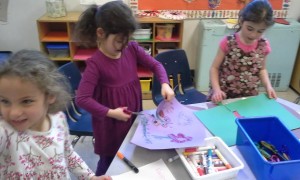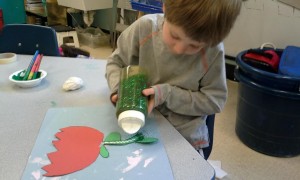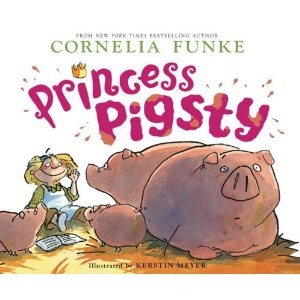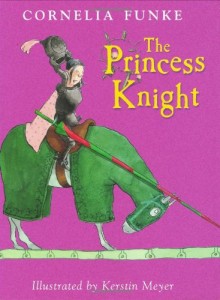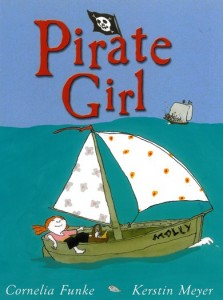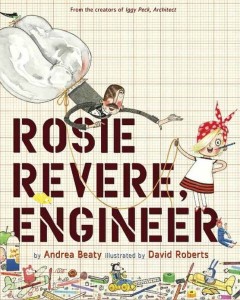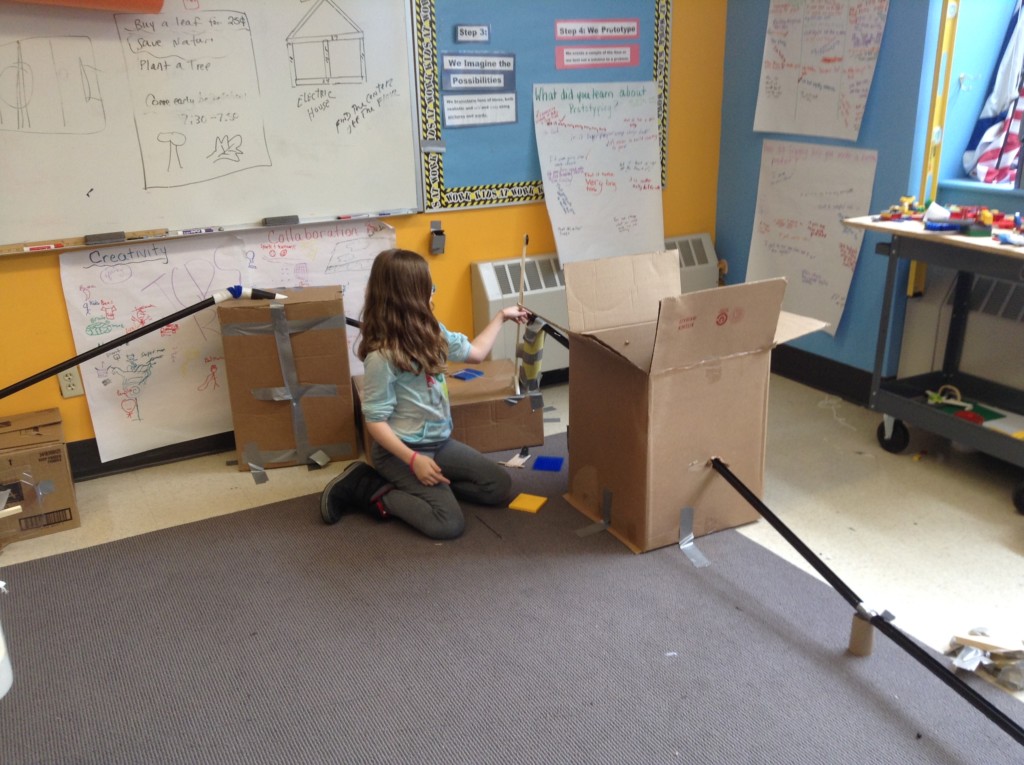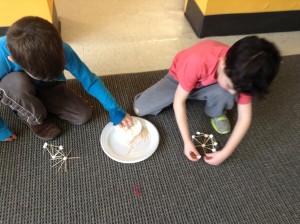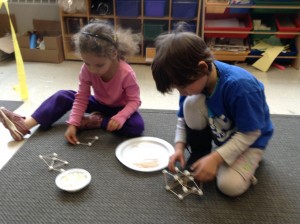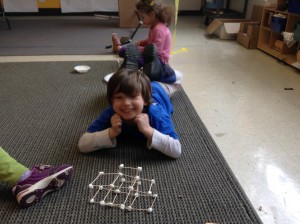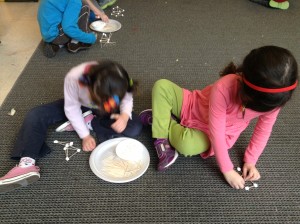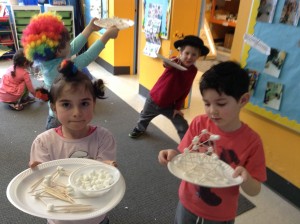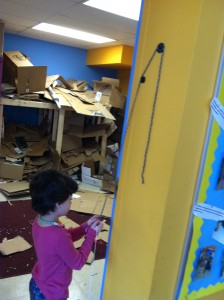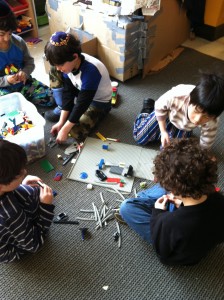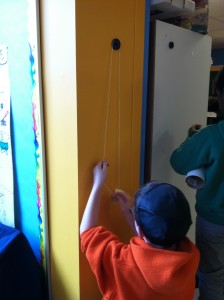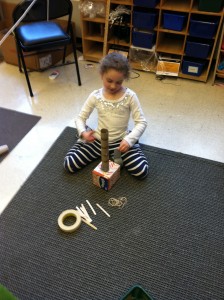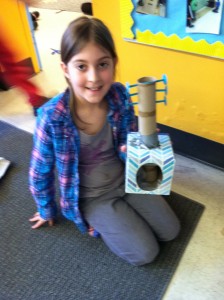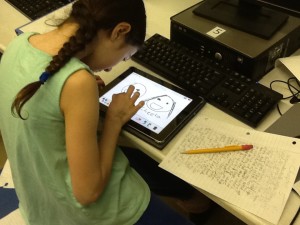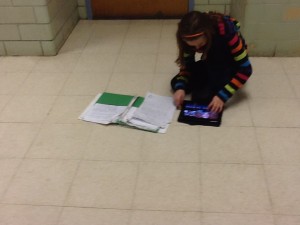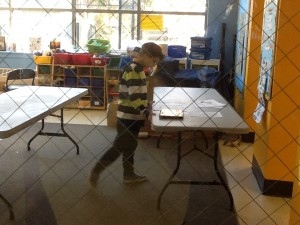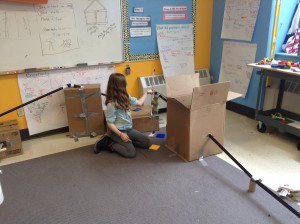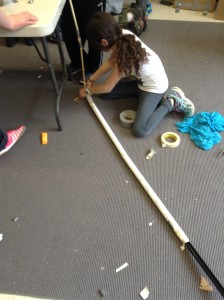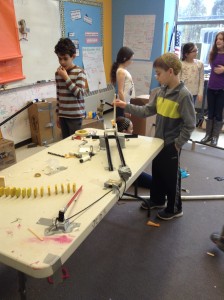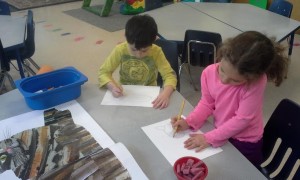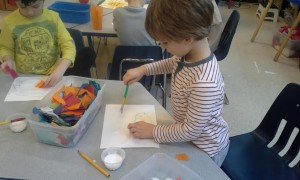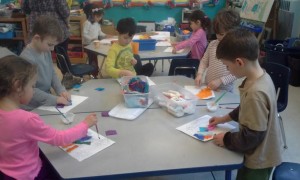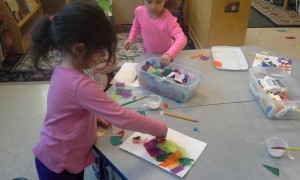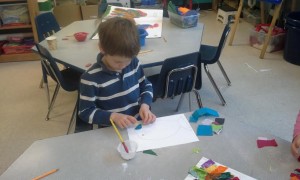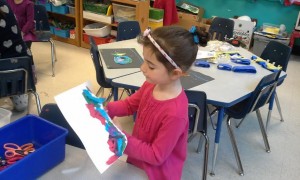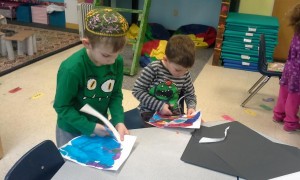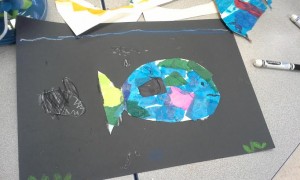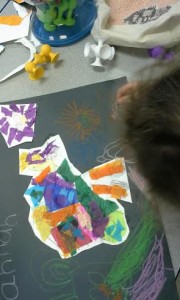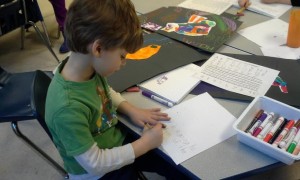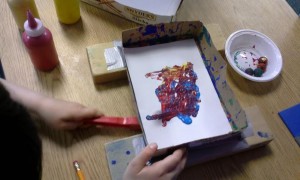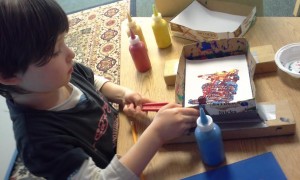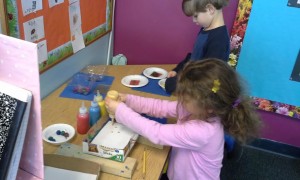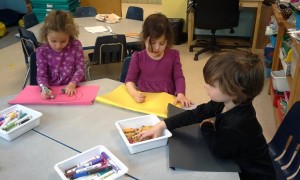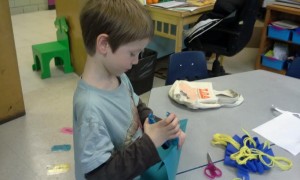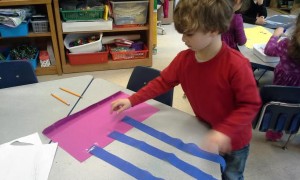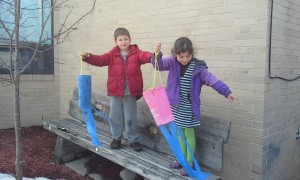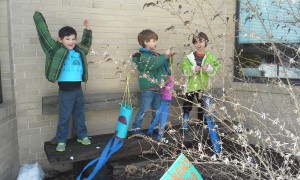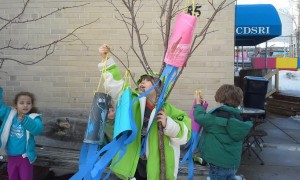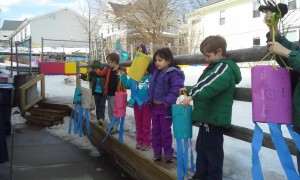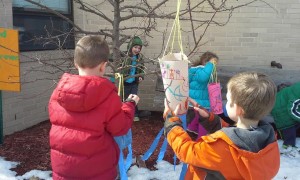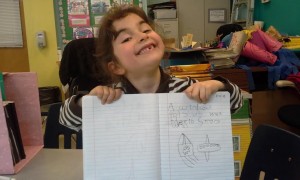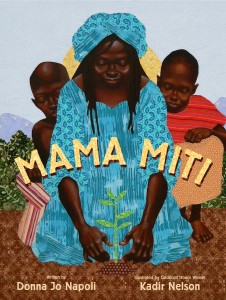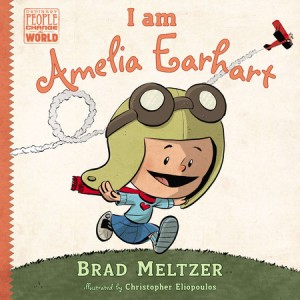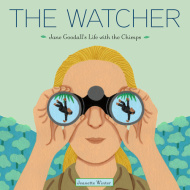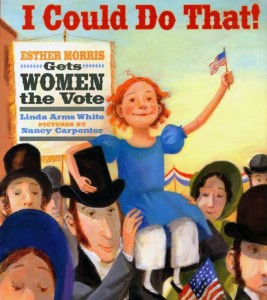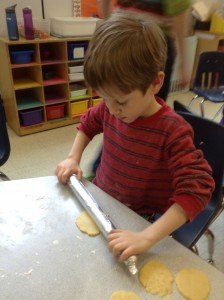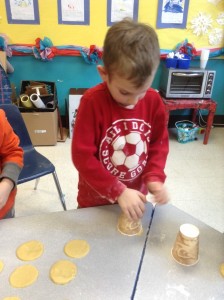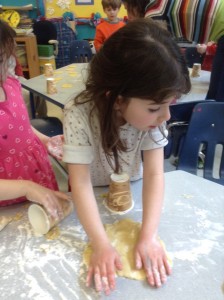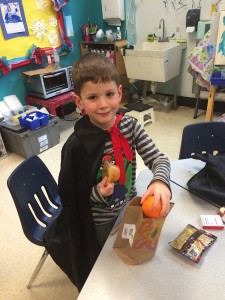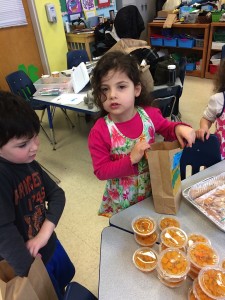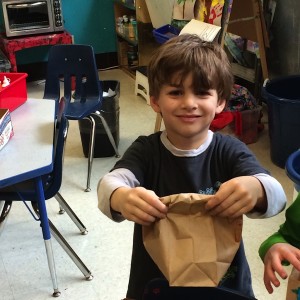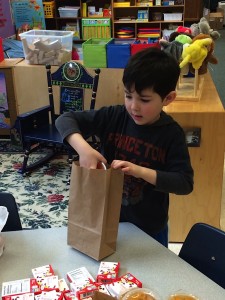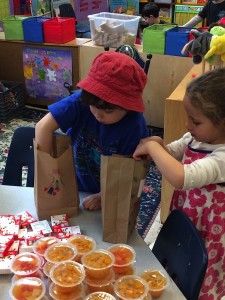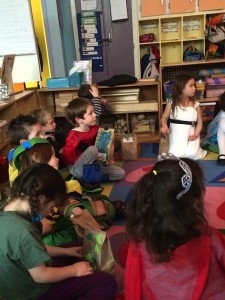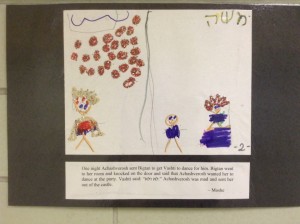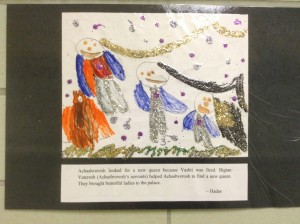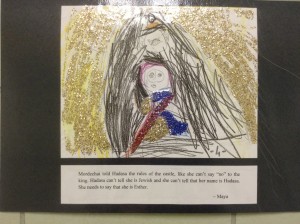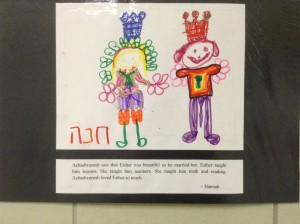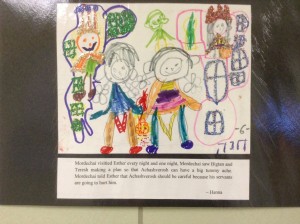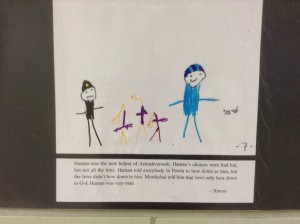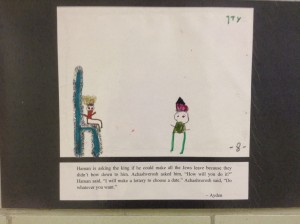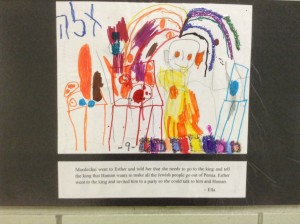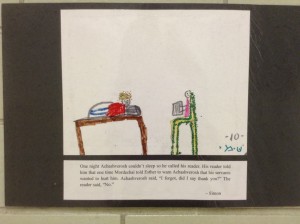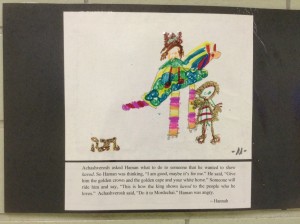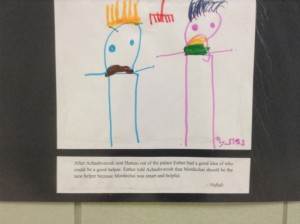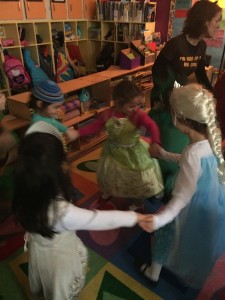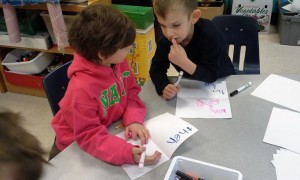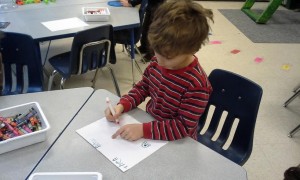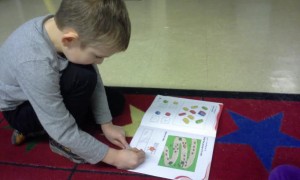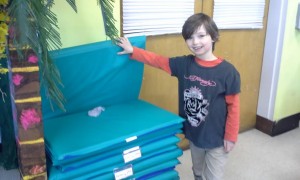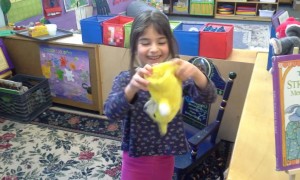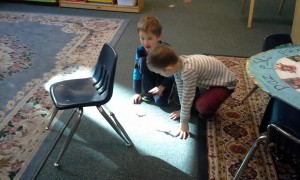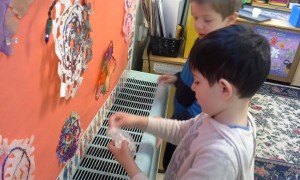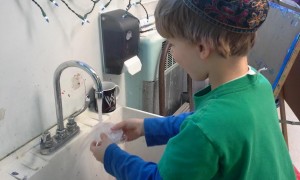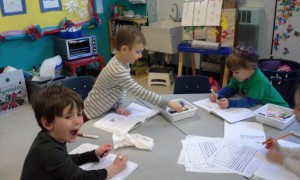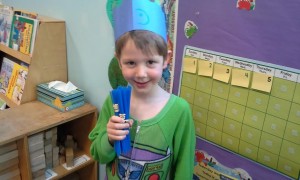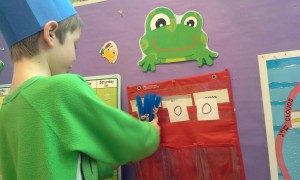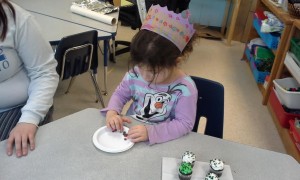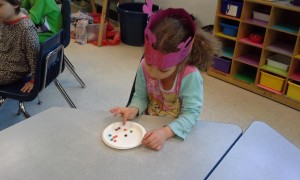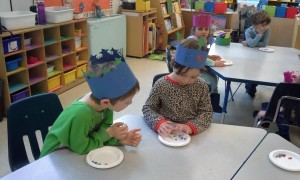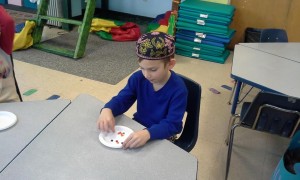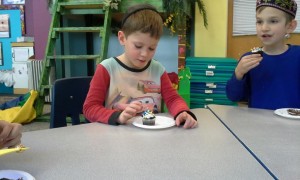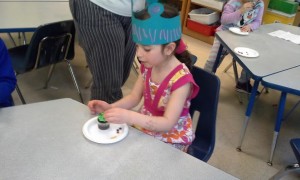Dear Kindergarten families!
What a great few weeks we have had together in our classroom!
We would like to share with you a few of the exciting things we are learning:
Hebrew:
Mem– We had such a wonderful time making mems filled with objects that begin with the letter mem, like menora, mayim (water), melech (king), malka (queen)… and more. We also used misparayim (scissors) to cut magen david (star of david).
Zayin- We took the opportunity to introduce the demonstrative pronouns zeh (“this”, masculine) and zot (“this”, feminine), very complicated and sophisticated concepts. We will continue to practice using these words. Then we made a connection to our learning about Tu Bishvat, and we filled the letter zayin with zeitim (olives), and outline the letter with a lot of zahav (gold) glitter. Finally we discovered that we can turn the letter zayin into the head of a Zebra. You are welcome to our classroom to see our beautiful artwork.
Yud– After we played with play dough creating the letter yud with play dough, we discovered that yud is the smallest letter in the aleph-bet. When we learned that yad (hand) begins with yud we decided to hand paint our yadayim (hands) in yarok (green) color. As always we were excited to make a connection to our learning about Israel and we discovered that both Israel and Yerushalayim begin with yud. We then drew beautiful pictures of Yerushalayim. We had so much fun!
Holidays:
Spring in Israel- the adama is ready for planting etzim.
We made sunflowers, poppy and cyclements
We celebrated a Tu Bishvat Seder together with Pre -K practicing the bracha “bore pri ha-etz…”
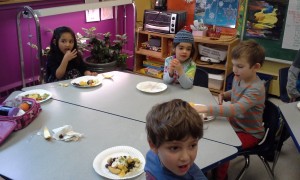
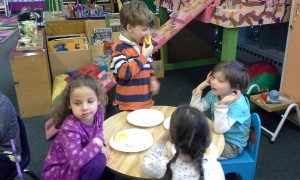
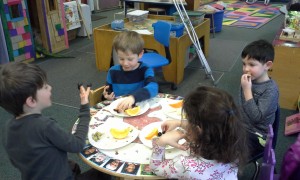
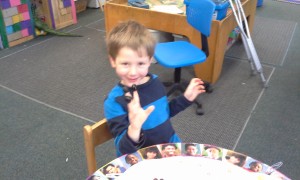
Parasha
In this story we studied the kindness of Rivkah to Eliezer and his g’malim (camels). We had a long discussion about kindness to animals and the children told of how they take care of their pets. When Rivkah came to the ohel of Abraham and Sarah she met Itzchak. They got married and had twins after many prayers. The twins grew up together, but were very different from each other: Esav liked hunting in the field while Yaakov preferred to stay home and learn. When time came to get the special bracha (blessing) of the firstborn, Rivkah encouraged Yaakov to trick his father Itzchak into giving him the bracha instead of Esav. What do you think about that? It was hard for us to understand how Rivkah could suggest that, and how it was okay for Yaakov to do it. We discussed it for a long time: some of us thought it was okay, because after all it was a trade (soup for bracha) that Esav agreed to. That led to another conversation – was that a fair trade?
Esav got angry after he realized what happened and Yaakov decided to escape to his uncle Lavan until his brother Esav calmed down. One night during his journey Yaakov dreamt of angles climbing up and down a tall ladder. Do you think the angles told him something?
Simon- “Well, maybe there are some lions, you should watch out.”
Moshe- “There is a well next to you, drink before you keep going.”
Hannah- “Show kavod to lavan and his family.”
Naftali- “Don’t get lost.”
Maya- “Maybe the angels wanted him to wake up because they wanted to tell him something.”
Ella- “When you wake up stay focused and remember where you are going and keep going on.”
Noam- ” go faster before Esav catches you.”
Ayden- “Don’t forget to eat before you start walking.”
Hadas- “Don’t be scared to walk by yourself.”
These are the answers of our amazing rabbis!
We wish you a great time with your family.
Ilana, Jessica and Emily
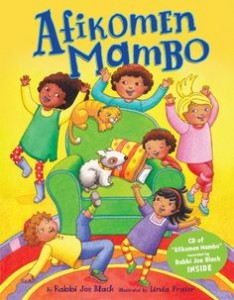
![]()
